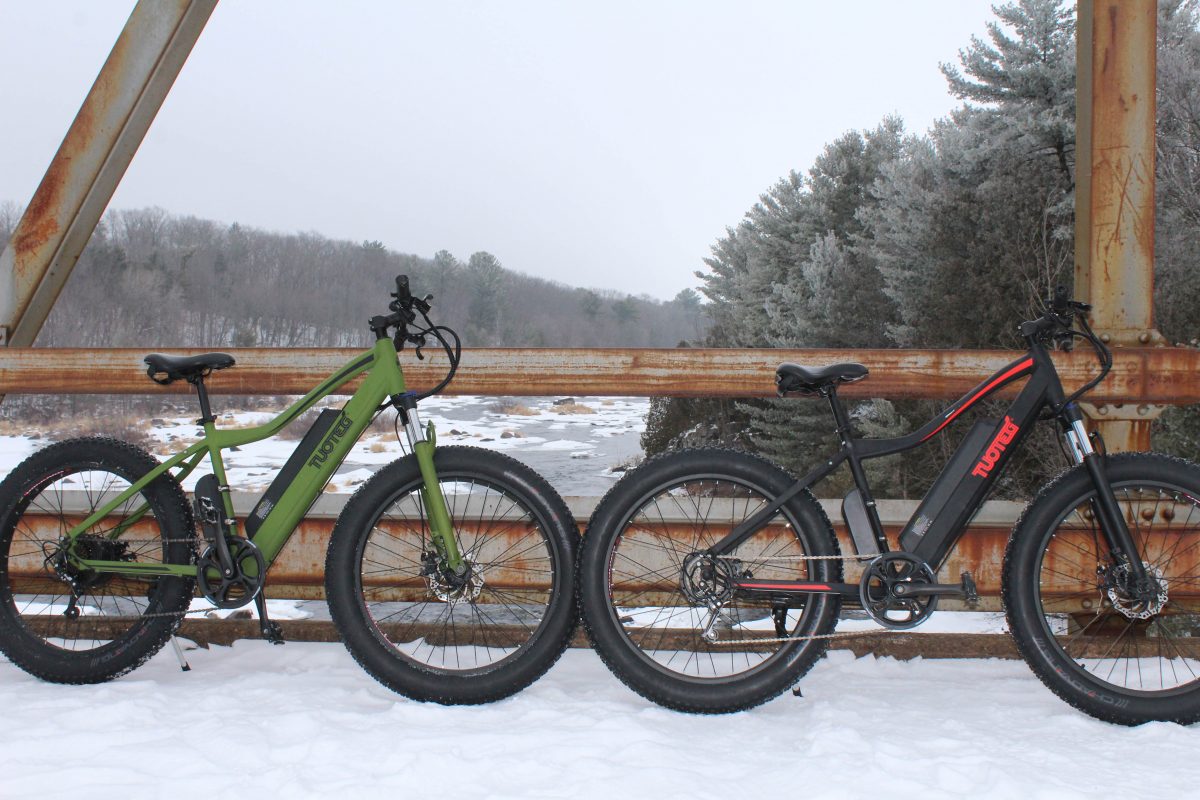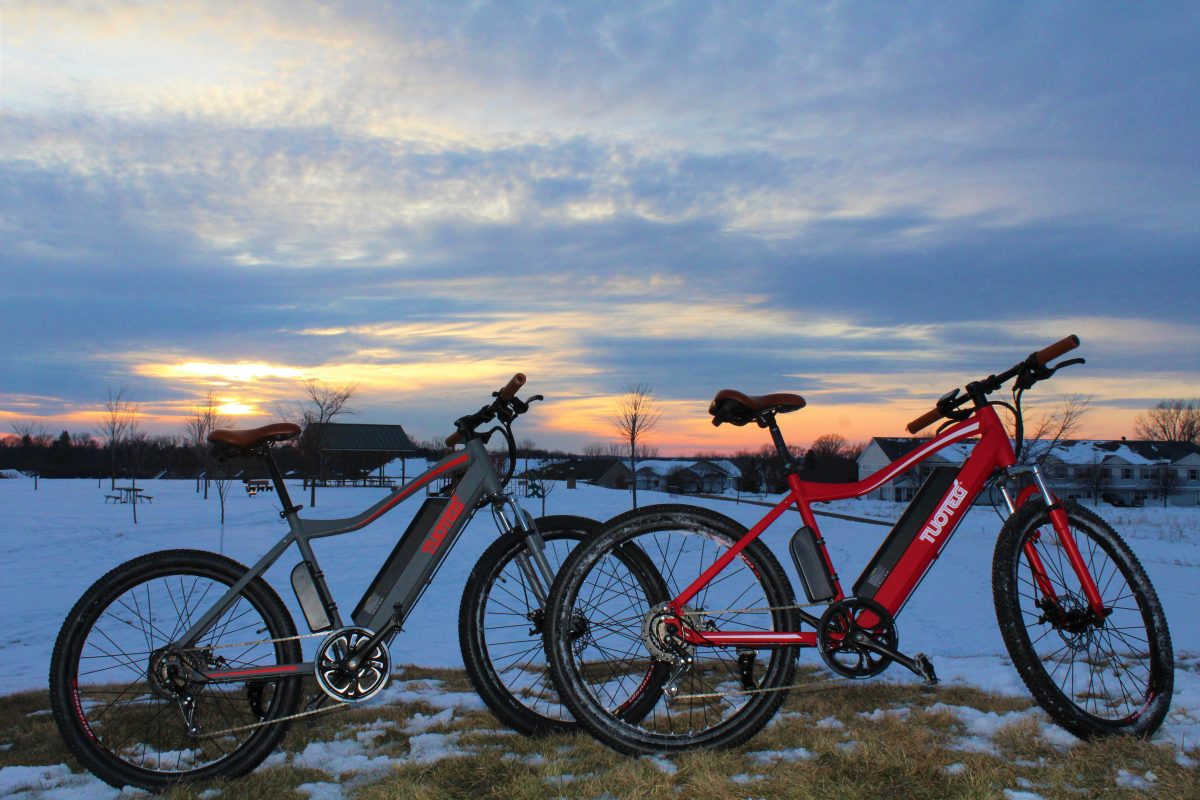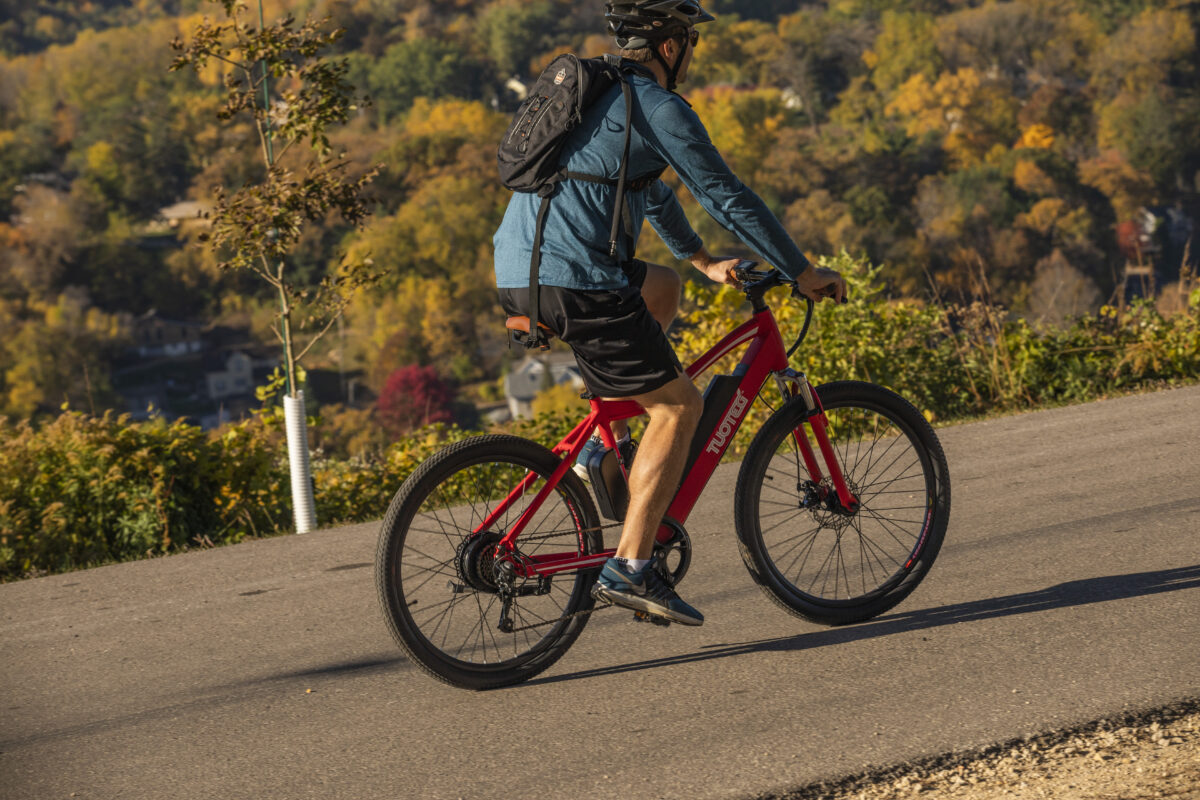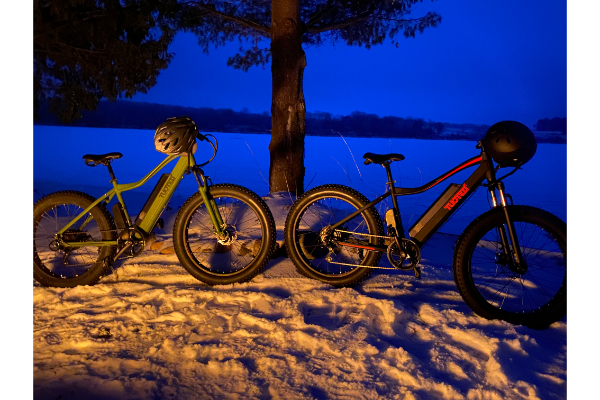Informational, Preparation, Seasonal
Winter Bike Riding – Where to Start, What to Know, and What to Wear
Winter Bike Riding – Where Do You Start?
I will be the first to admit, I am not a hardcore cyclist. I’m just a guy who likes to get outside and ride a bike every now and again. For the longest time, I thought winter bike riding in Minnesota was an experience best left to a fringe group of weirdos. Don’t get me wrong: I love those weirdos. Many of them are my good friends. They do things like commute by bike year-round or race fat bikes at -10°F. That just isn’t me! I have found that winter bike riding provides a much-needed respite from the television and recirculated air indoors. With a little prep, a winter spin guarantees a grin.
Getting over the Hump
For many folks, just committing to doing it is the biggest hurdle. I am a professional at making excuses to NOT ride my bike or letting anxiety take over! What if it’s too cold? Is it too slippery out? What if I get a flat tire? Let’s prepare you for winter bike riding and alleviate those worries!
What to Bring
Whether I’m riding my bike in winter or summer, there are three things I like to have on every bike ride: water, snacks, and my cell phone. Hydration and snacks are pretty self-explanatory. They’re your bodies fuel. The cell phone is the best bike tool around—it can bail you out of most any situation. If you’re not a person who knows how to fix a flat tire or get your chain back on if it falls off, calling a friend to come pick you up is a great insurance policy.
For winter bike riding, it’s also important to bring lights. A flashing front and rear light are a minimum requirement, as the sun drops fast. You want to be sure to be seen by other trail users or motorists. If you’re going to be riding you bike in winter regularly in the evening or night time hours, a high-powered headlight will help you tell the differences in the terrain – you don’t want to get surprised by a patch of ice in an otherwise clear section of asphalt.
Where to Ride
The same dedicated bike paths you ride in the summertime are usually available for winter bike riding use. Depending on the municipality or governing body, trails may or may not be plowed. It is always a good idea to check ahead and plan your route accordingly. If you’ve got a fat bike, snowmobile trails are GREAT riding as the snow’s been packed down. Some trails are specifically for fat bikes. Again, there’s plenty of variation in which methods of transportation can be on certain sections of trail, so look at the maps for the park or city you’re riding in. Some cross-country skiers or snowmobilers may take umbrage with you fat-biking on their turf, so know where you are and aren’t welcome to ride.
What to Wear – Head to Toe
The key here is layering. The instinct is to put on as many warm clothes as possible, but that might do more harm than good—the last thing you want to do is get too sweaty, as that will lead to chills when you slow down or get caught at a stoplight on a windy day. As you ride along, your body will warm up, so it’s best to start out a little cold and allow your body heat to keep you warm. Bring an extra layer along if you need to stop, and be ready to drop a layer after you warm up.
Let’s do this top to bottom, eh? You’ll need to choose headwear that plays nicely with your helmet, so this may be a little different for everyone. A low-profile hat or balaclava should certainly do the trick for riding a bike in winter conditions. Thicker hats might work, just be sure it doesn’t mess with the security of your brain-bucket.
The torso is where a lot of folks might put on too many clothes—a bulky ski jacket might seem the natural choice, but a wool base layer combined with a windproof shell should offer enough warmth without superfluous insulation. Wool is great as it wicks moisture from the skin! On the other hand, you should stray away from cotton, which absorbs moisture and will lead to a clammy ride.
If you’re going to spend money anywhere, it should certainly be on your hands. Big bulky gloves might make it difficult to operate your shifters and brake levers! A windproof glove that has just enough insulation could be the better choice. For extreme conditions, a set of pogies will keep your digits toasty while offering better control.
For the legs, again a wool base layer is certainly best, with a shell that offers wind protection with light insulation. The knees will be the most exposed, so many pants or tights come with a wind-stopper knee section. Snow pants would be great, except they may get caught up in the front chainring. This will make that annoying “shush-shush-shush” sound as you’re pedaling.
For your feet, wool socks and boots. Winter hiking boots have big lugs and treads that might not mate nicely with your pedals. So, a boot with a flatter, more low-profile sole will provide the necessary insulation, maintaining your traction on the pedals.
Of course, a 30°F ride differs greatly from a 0°F ride, so adjustments will need to be made.
Now that you’re feeling the the empowerment – do your research, prepare yourself, and enjoy riding a bike in winter!
Feel free to contact us for more great tips on Winter Bike Riding!





